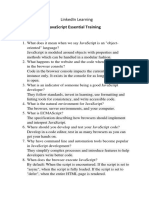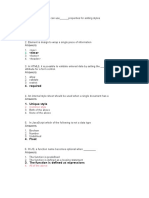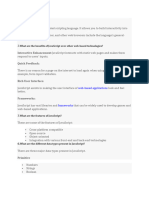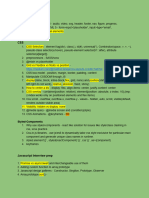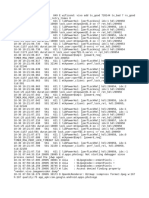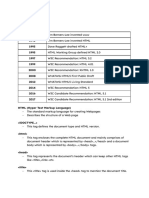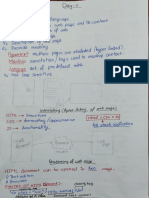0% found this document useful (0 votes)
14 views8 pagesFrontend Fresher Interview Questions
The document contains a comprehensive list of interview questions and answers for Front-End and Full Stack Developers, covering topics such as HTML5, CSS, JavaScript, React, Node.js, Java, and coding challenges. Each section includes specific questions related to the respective technology, along with concise answers that explain key concepts and functionalities. This resource serves as a useful guide for preparing for technical interviews in web development.
Uploaded by
kumarbackupytCopyright
© © All Rights Reserved
We take content rights seriously. If you suspect this is your content, claim it here.
Available Formats
Download as DOCX, PDF, TXT or read online on Scribd
0% found this document useful (0 votes)
14 views8 pagesFrontend Fresher Interview Questions
The document contains a comprehensive list of interview questions and answers for Front-End and Full Stack Developers, covering topics such as HTML5, CSS, JavaScript, React, Node.js, Java, and coding challenges. Each section includes specific questions related to the respective technology, along with concise answers that explain key concepts and functionalities. This resource serves as a useful guide for preparing for technical interviews in web development.
Uploaded by
kumarbackupytCopyright
© © All Rights Reserved
We take content rights seriously. If you suspect this is your content, claim it here.
Available Formats
Download as DOCX, PDF, TXT or read online on Scribd
/ 8





